
The Arctic is a final garbage dump for ocean plastic
Science News, April 2017The Arctic Ocean is a final resting place for plastic debris dumped into the North Atlantic Ocean, new research suggests.

The Arctic Ocean is a final resting place for plastic debris dumped into the North Atlantic Ocean, new research suggests.
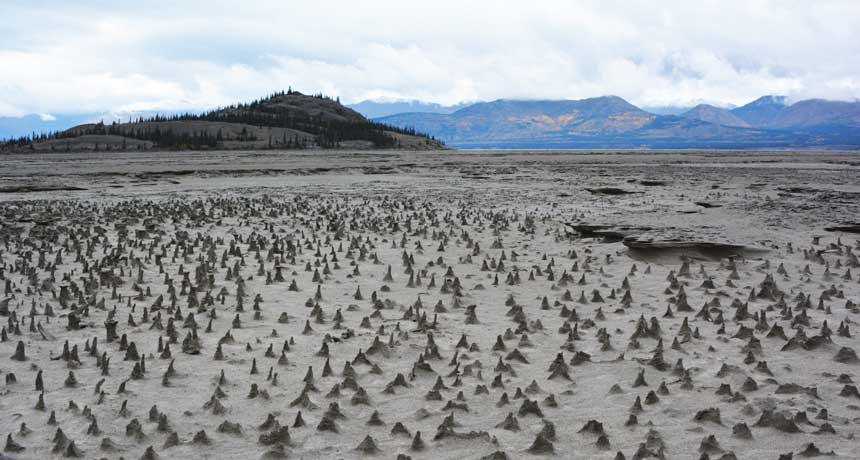
Ahoy! There be liquid booty on the move in the high mountains. Since May 2016, a channel carved through one of northwestern Canada’s largest glaciers has allowed one river to pillage water from another, new observations reveal. This phenomenon, almost certainly the result of climate change, is the first modern record of river piracy caused by a melting glacier, researchers report online April 17 in Nature Geoscience. Such piracy was rampant as the colossal ice sheets of the Last Glacial Maximum began shrinking around 18,000 years ago.
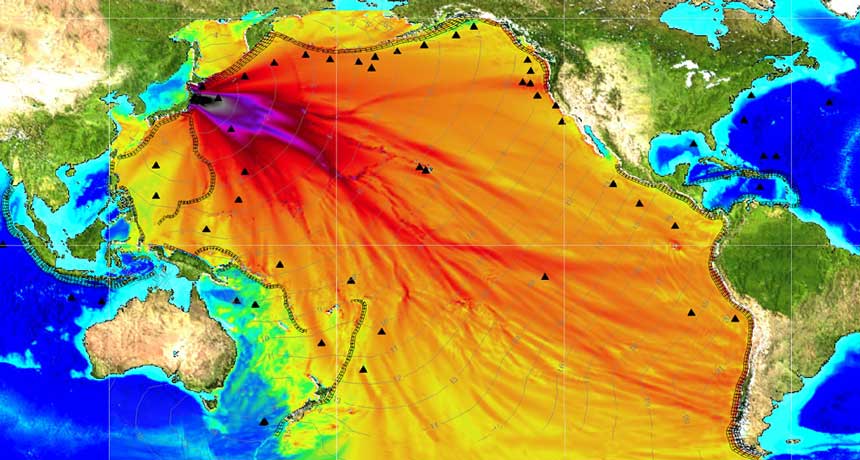
Earthquake-powered shifts along the seafloor that push water forward, not just up, could help supersize tsunamis.
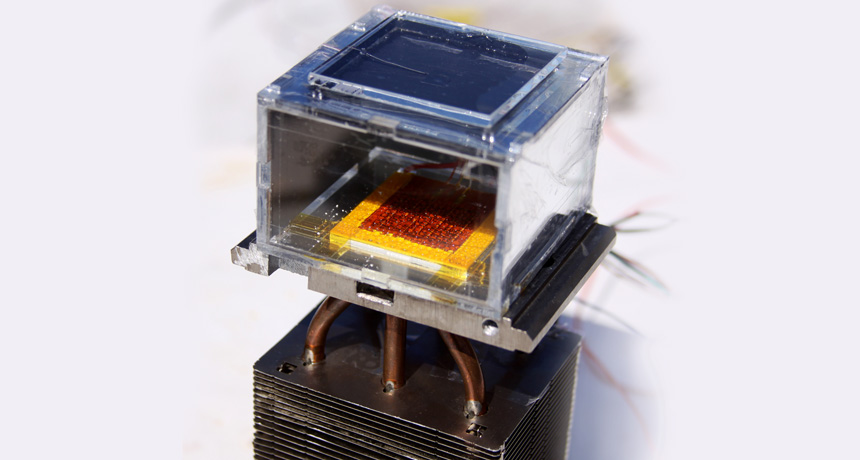
A new device the size of a coffee mug can generate drinkable water from desert air using nothing but sunlight.
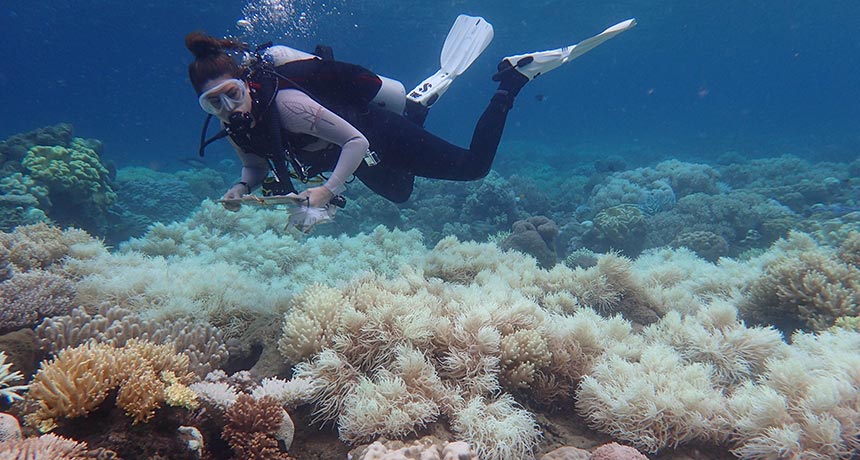
A severe coral bleaching event spurred by high ocean temperatures has struck the Great Barrier Reef for an unprecedented second time in 12 months, reveal aerial surveys released April 10 by scientists at James Cook University in Townsville, Australia. While last year the northern third of the reef was hardest hit, this time around the reef’s midsection experienced the worst bleaching. The two bleaching events together span around 1,500 kilometers of the 2,300-kilometer-long reef.
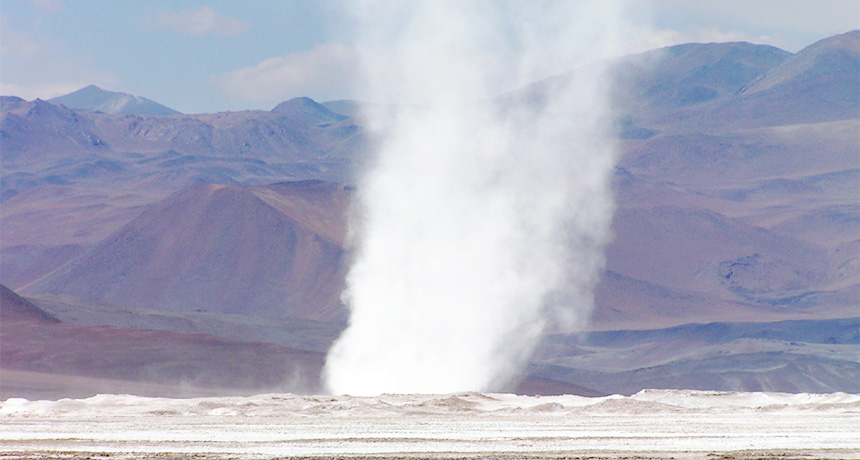
Towering, crystal-filled twisters periodically swirl in a valley nestled between two volcanoes in the Andes Mountains, newly reported observations show. The odd weather events are the first record of large pieces of gravel efficiently moving across a landscape by suspension in air.
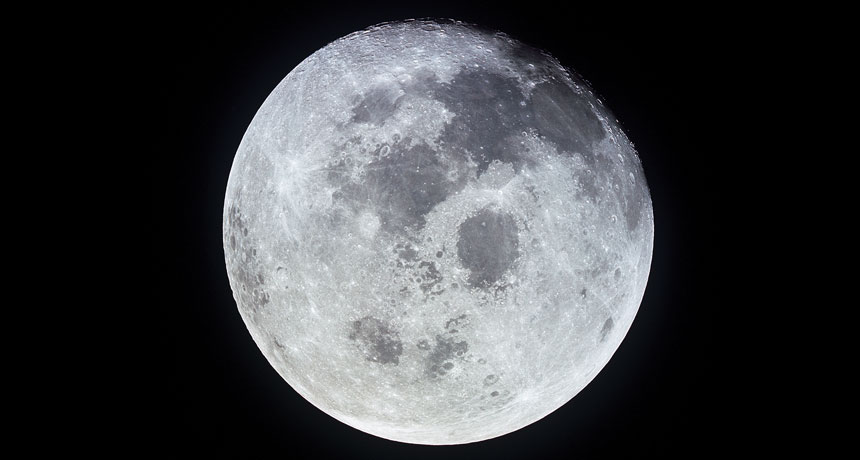
The moon’s origin story does not add up. Most scientists think that the moon formed in the earliest days of the solar system, around 4.5 billion years ago, when a Mars-sized protoplanet called Theia whacked into the young Earth. The collision sent debris from both worlds hurling into orbit, where the rubble eventually mingled and combined to form the moon.
Feature article on the mysteries surrounding the moon's formation. Adapted for Science News for Students.
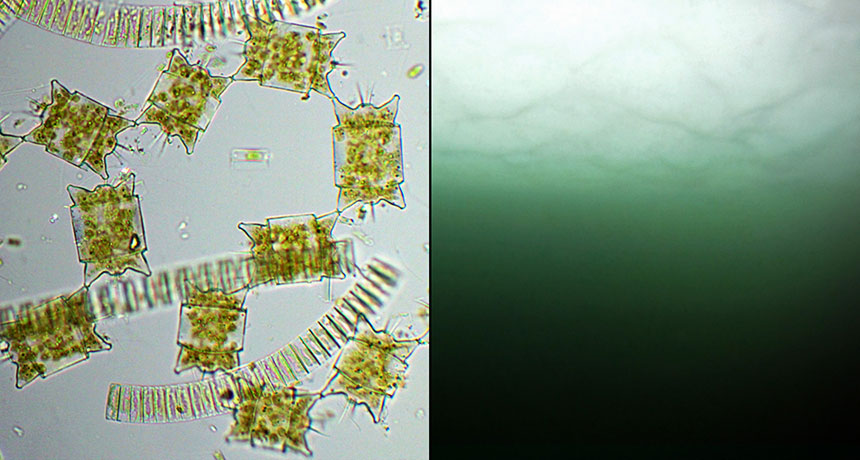
Sea ice skylights formed by warming Arctic temperatures increasingly allow enough sunlight into the waters below to spur phytoplankton blooms, new research suggests. Such conditions, probably a rarity more than two decades ago, now extend to roughly 30 percent of the ice-covered Arctic Ocean during July, researchers report March 29 in Science Advances.

A seemingly impossible earthquake that rattled New Zealand last November casts doubt on how well seismologists can forecast quakes involving multiple fault lines.
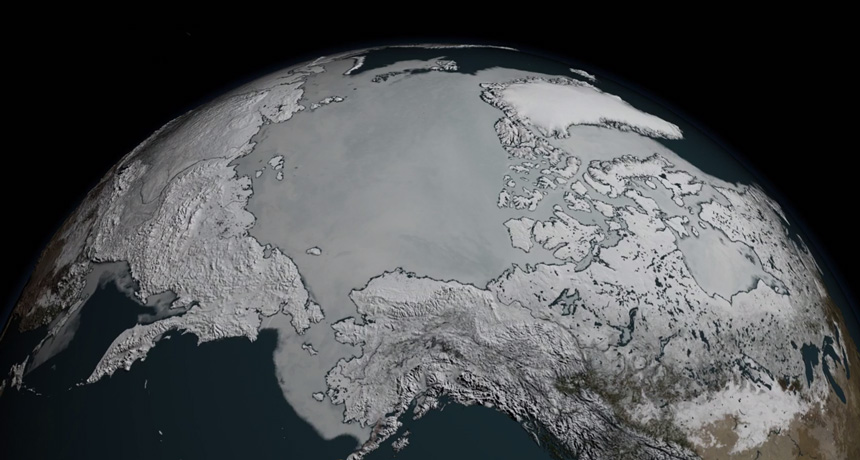
Arctic sea ice has hit a record low for the third year in a row. It’s the paltriest maximum extent seen since recordkeeping began in 1979, scientists at NASA and the National Snow and Ice Data Center announced March 22.